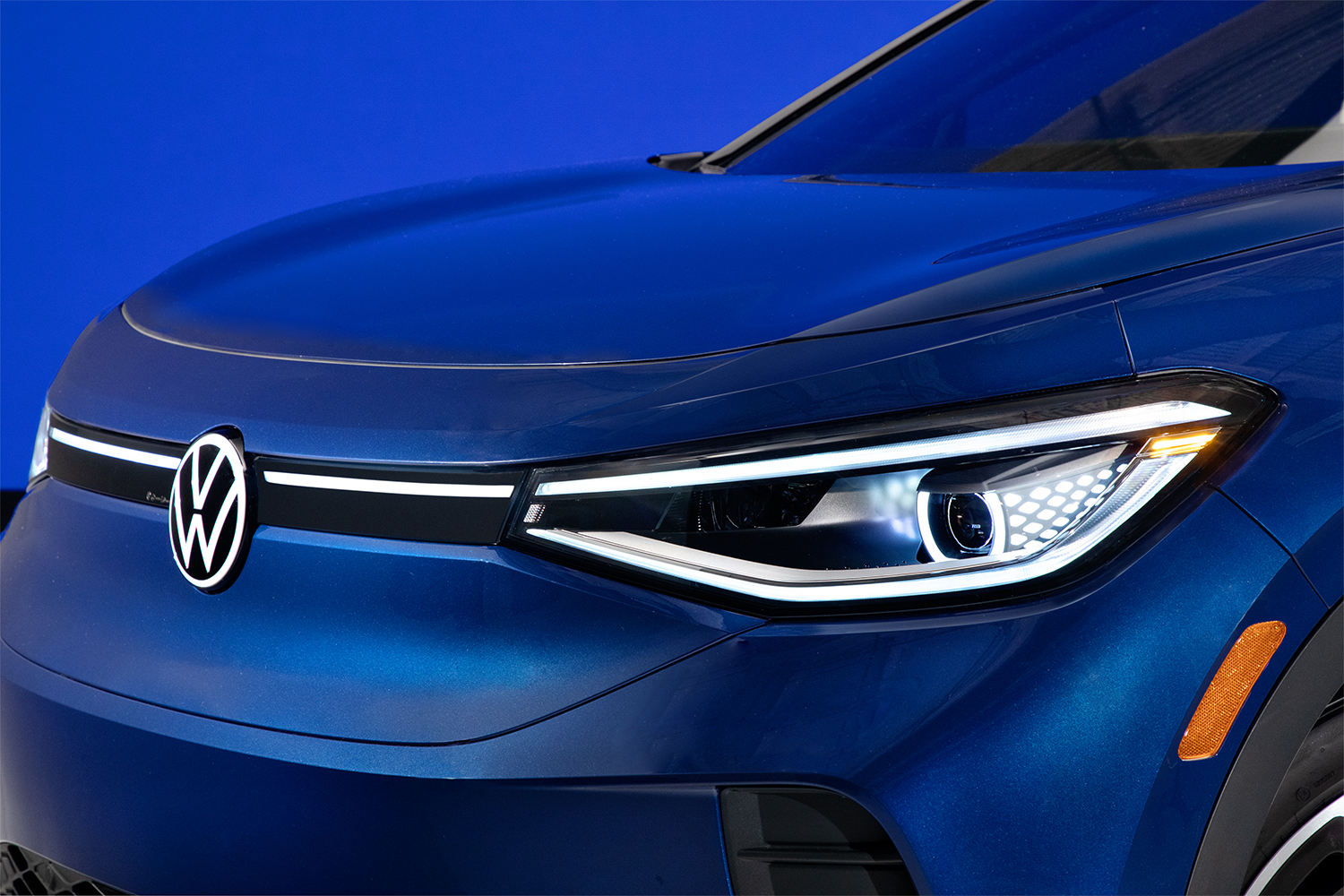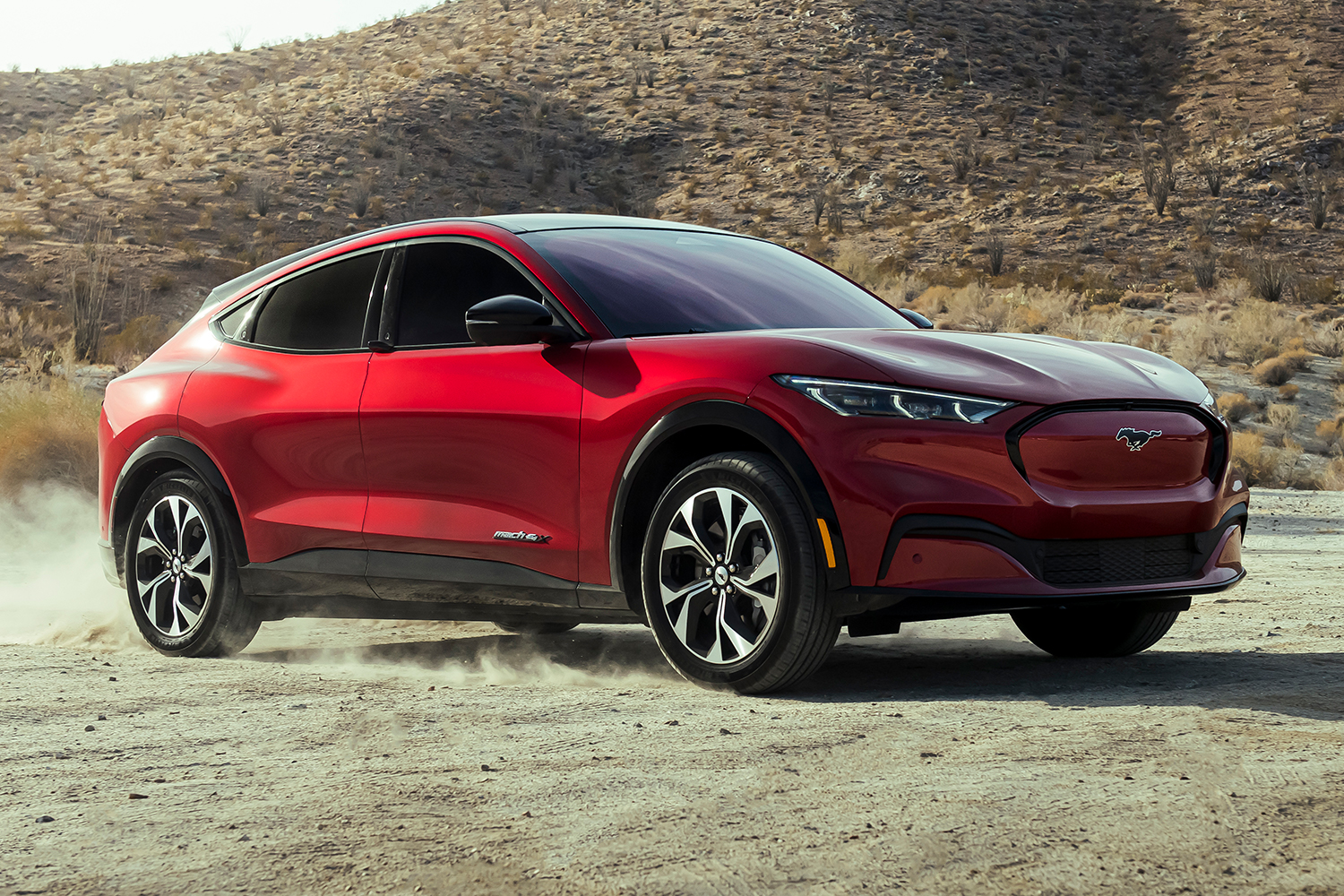We’ve been preparing you for the upcoming revival of the Volkswagen Microbus since as far back as 2016. The German automaker, meanwhile, has been hinting at a second life for the iconic model for over 20 years (no kidding).
On Wednesday, VW finally made good on the promise by unveiling the all-electric, Microbus-inspired, candy-coated ID. Buzz lineup, including a passenger van and a cargo van.
“The T1 – an icon of the 1950s – represents freedom and the democratization of mobility. With the ID. Buzz, we are transferring the T1 DNA to the present day and thus into the era of electric mobility and sustainability,” said Jozef Kabaň, head of Volkswagen Design, referring to the original Microbus that eventually led to the hippie van craze. “We very consciously ensured that we were not making another T1. The ID. Buzz shows that it is successfully transferring the genes and stylistic elements of that iconic vehicle into the digital era.”
On this point, we wholeheartedly agree. While we’ve seen many camouflage versions of the ID. Buzz in the run-up to this release, this is the first time we’re seeing the full EV, including the finalized interior, and it looks spectacular, combining retro elements like the oversized VW logo and two-tone paint options (shown here is Candy White and Energetic Orange), while forging ahead with necessary updates (like LED headlights that aren’t rounded).
As for the most important element, the electric power, VW says the first versions will include an 82 kWh battery (which won’t include cobalt, an increasingly contentious element in the EV revolution) and a 201-horsepower electric motor with maximum torque of 229 lb-ft. While the maximum range — potentially the most crucial element for U.S. buyers who may be interested in taking these vans on road trips — hasn’t been released yet, that figure won’t actually matter for Americans. Why? Because despite waiting for years, we’ve got a couple more years to wait on this side of the pond.

The details of the ID. Buzz release are specifically targeted for Europe, where the bus will go on sale this year. But for the U.S., we won’t get a chance to buy one until 2024 — and won’t see the exact model we’ll be getting until 2023.
That’s important because as VW notes in a press release, the I.D. Buzz is launching in Europe with a normal-wheelbase form, but the U.S. version “will be based off the long-wheelbase passenger model.” In other words, as Car and Driver notes, while Europeans will have access to this shorter model that comes standard with two rows of seats, we’ll be getting a three-row version.
It makes sense, as Americans are increasingly looking to size up in terms of cargo space and passenger capacity, even if 90% of the time they’re in their SUV alone driving to work. But will the ID. Buzz end up being the revolution Volkswagen needs it to be if it’s only available in the super-size configuration? VW has hugely ambitious plans for electrification but hasn’t yet been able to capture the imagination of the public in the same way as Tesla (or even Ford with its Mustang Mach-E), and while we like the ID.4 that’s currently available it’s not exactly sexy.
The ID. Buzz offers up some much needed sex appeal. We’ll see if we still feel the attraction when our American-sized version is revealed next year.
Thanks for reading InsideHook. Sign up for our daily newsletter and be in the know.

















